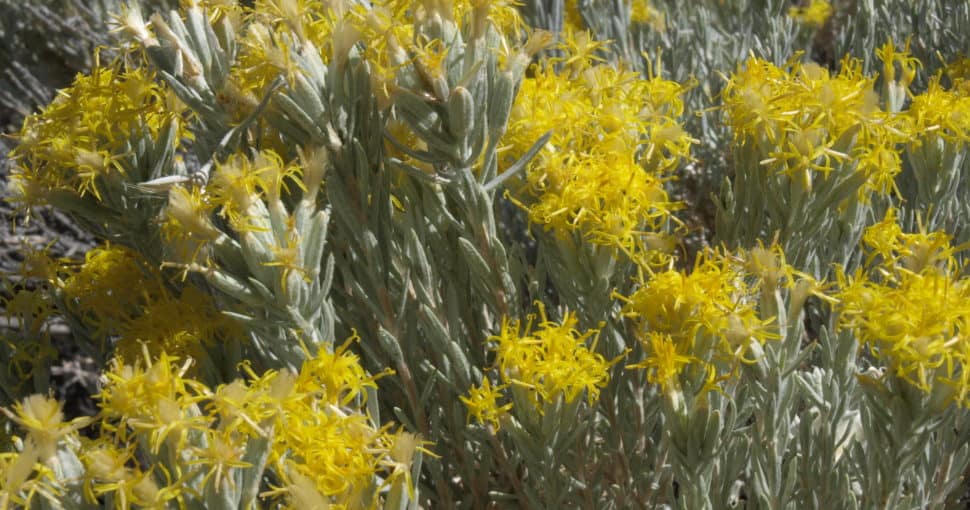New Mexico is a State in the United States of America that is located in the Southwestern region. It is bordered by Colorado, Utah, Texas, and Arizona. Due to this, the state is filled with looming and stunning mountains. Some of these are forested, while others are predominantly deserts. However, nearly all of them contain some form of a poisonous plant.
Contents
- 1. Oleander (Nerium oleander)
- 2. Poison Hemlock (conium maculatum)
- 3. Bracken Fern (Pteridium esculentum)
- 4. Buckwheat (Fagopyrum esculentum)
- 5. Burroweed (isocoma tenuisecta)
- 6. Death Camas (toxicoscordion venenosum)
- 7. Desert Baileya/Desert Marigold (baileya multiradiata)
- 8. Dogbane/Indian Hemp (apocynum cannabinum)
- 9. Fiddleneck (Amsinckia intermedia)
- 10. Golden Corydalis (corydalis aurea)
- 11. Gray Horsebrush (tetradymia canescens)
- 12. Larkspur (delphinium)
- 13. Lupine (Lupinus)
- 14. Mescal Bean (sophora secundiflora)
- 15. Milkweed (Asclepias)
- 16. Colorado Rubberweed/Pingue (hymenoxys richardsoni)
- 17. Prince’s Plume (stanleya pinnata)
- 18. Russian Knapweed (acroptilon repens)
- 19. Foxgloves (digitalis)
- 20. Oleander (Nerium oleander)
- 21. Poison Oak (Toxicodendron diversilobum)
- 22. Bittersweet/Woody Nightshade (Solanum dulcamara)
- 23. Donkey Tail Spurge/Myrtle Spurge (euphorbia myrsinites)
Since New Mexico is a popular tourist destination, it is essential to know about these plants, their dangers, and how to identify them so that you can watch out for them. There are over twenty poisonous plants in the state because of how incredibly fertile the land and overall soil is. As a result, a variety of flora and fauna inhabit there.
One of the most common reasons for the loss of livestock in New Mexico is the consumption of these poisonous plants. Not only can these often be life-threatening, but they can also result in physiological damage to the animals and wildlife. Hence, let’s take a look at the most dangerous and poisonous plants in New Mexico that cause harm to animals and humans. While they may range in their toxicity, nearly all of them can cause considerable damage.
1. Oleander (Nerium oleander)
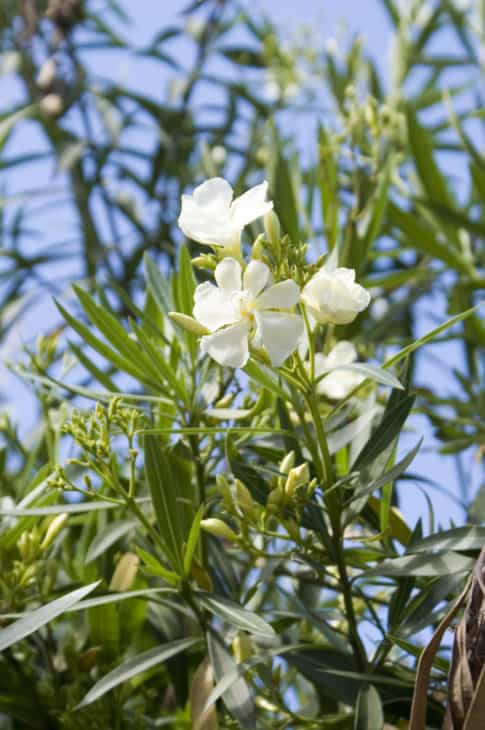
This is a common ornamental plant or flowering shrub found in parts of New Mexico. While it is popular, it should be noted that this plant is highly toxic because ingestion of even a part of it can be life-threatening to humans and animals. Consumption of the oleander plant can lead to difficulty breathing, slow heart rate, diarrhea, blurred vision, weakness, and even fainting. In many cases, it can also lead to death.
2. Poison Hemlock (conium maculatum)
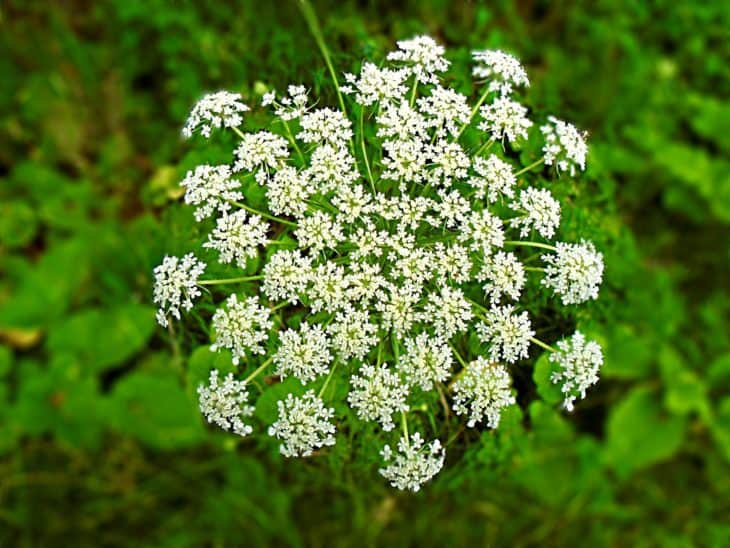
A common poisonous plant in New Mexico is the Poison Hemlock. It is extremely dangerous and often even life-threatening if ingested by humans and animals. It is believed that ingestion may negatively affect the central nervous system. It could also lead to acute renal failure and respiratory failure. If ingested, you must immediately take the person or animal to the hospital or vet.
3. Bracken Fern (Pteridium esculentum)
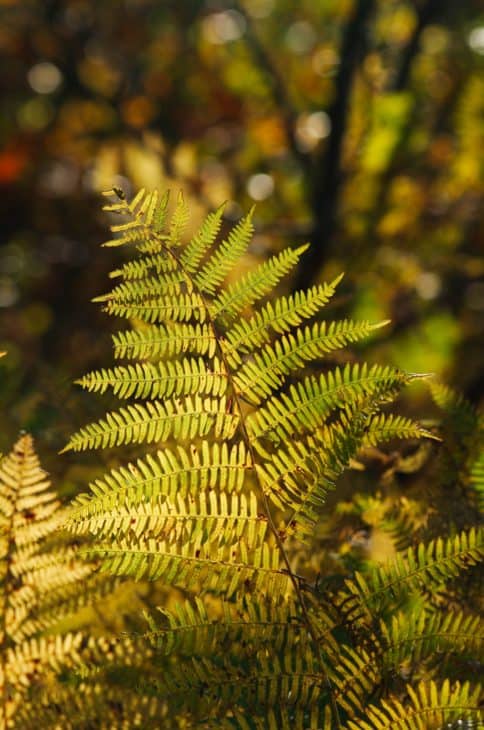
This is a large, perennial plant scattered throughout the lush mountains of New Mexico and the woodlands and shaded areas. Since they are similar to hay, they are predominantly consumed by horses. However, overconsumption of the Bracken Fern by horses and livestock can be potentially life-threatening because both the dried and the fresh versions of this plant are poisonous.
4. Buckwheat (Fagopyrum esculentum)
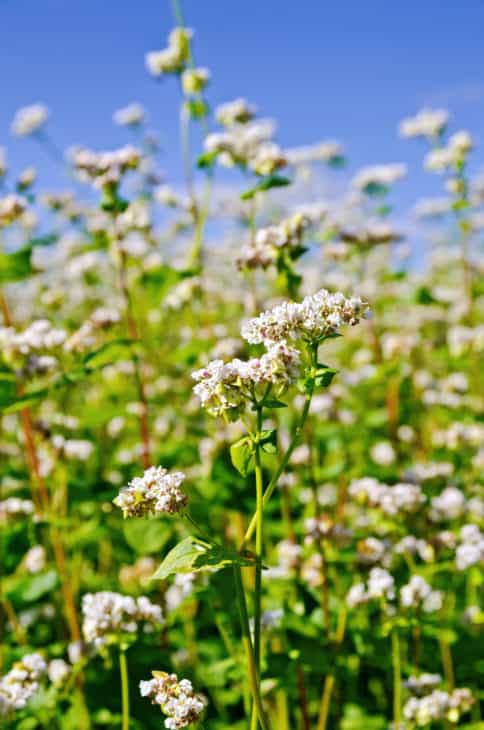
The wild buckwheat is perennials that are commonly found along roadsides in New Mexico. This is mainly because the plants don’t require much handling and can survive trampling. However, it should be noted that these are poisonous and can cause considerable harm to livestock, cattle, and horses. Consumption of buckwheat can lead to swelling, diarrhea, agitation, and loss of appetite. Recovery from consumption is also relatively slow.
5. Burroweed (isocoma tenuisecta)
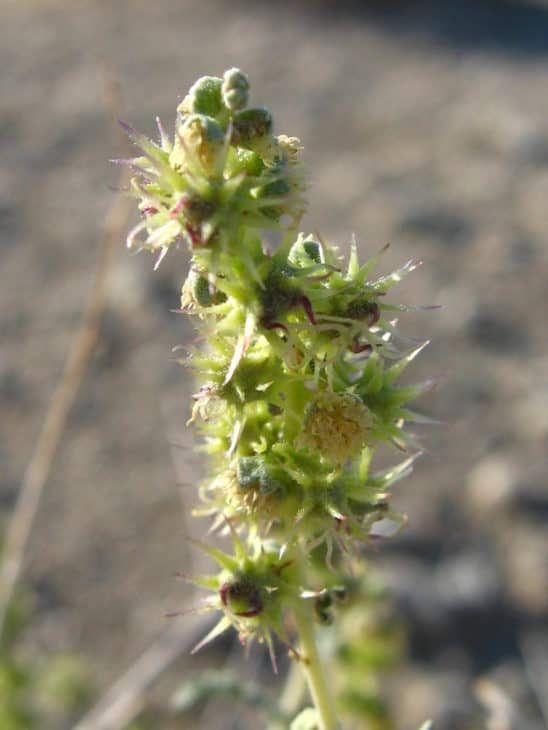
Burroweed comes from the sunflower family and is also yet another toxic plant found along roadsides in New Mexico. However, you can find this plant along riversides and irrigation canals as well. This is a highly dangerous plant because it poisons not only the cattle but also their offspring if they consume their milk. Moreover, if humans consume milk from poisoned cattle, they can also be affected. Burroweed can lead to the death of the poisoned cattle and their offspring as well in some cases.
6. Death Camas (toxicoscordion venenosum)
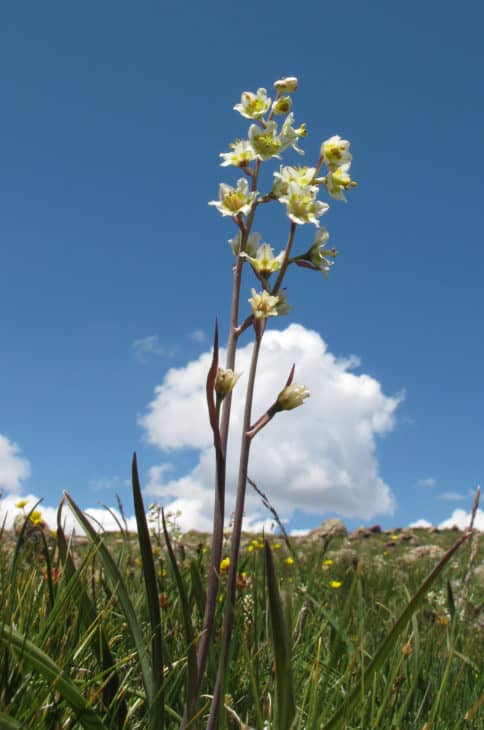
The Death Camas are slender, perennial plants that you can find throughout the state, especially along meadows and lakes where the land is most fertile. These are extremely poisonous because a small amount can kill an entire cow. Hence, small cattle like sheep can be seriously affected by them. Consumption by humans of this plant can also be dangerous. All parts of this harmful plant are poisonous, so be careful.
7. Desert Baileya/Desert Marigold (baileya multiradiata)
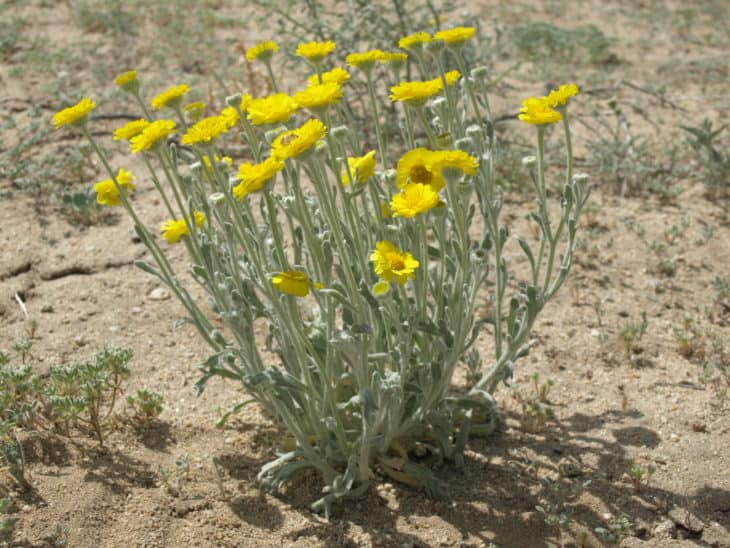
The Desert Baileya, also known as Desert Marigold, is found in all the desert areas of New Mexico throughout the year. These plants feature a stunning yellow flower that is often attractive to animals and birds. However, these contain high levels of toxins, which is quite dangerous. The older the cattle is, the more dangerous the plant is for them. Consumption can lead to a frothy substance forming in their mouth, loss of appetite, slowed heartbeat, weakness, etc.
8. Dogbane/Indian Hemp (apocynum cannabinum)
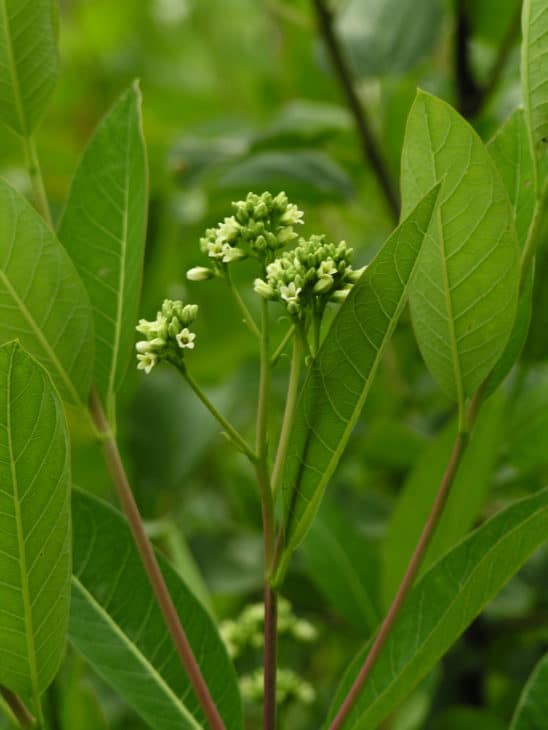
The Dogbane is a perennial plant that is found in New Mexico in the most fertile lands, such as in waterways and irrigated fields. This plant can affect all levels of livestock, including horses. All parts of the plant are poisonous, and they can lead to bloody diarrhea, weakness, and slowed heartbeat. However, luckily, dogbane is not typically fatal.
9. Fiddleneck (Amsinckia intermedia)
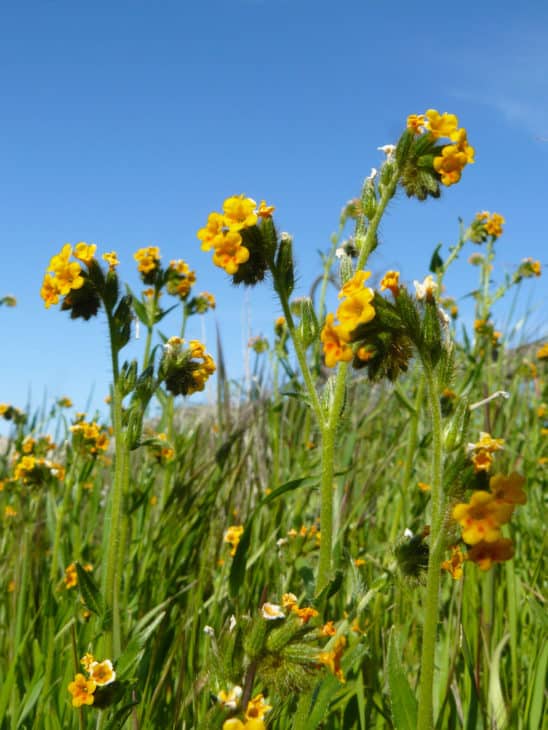
Fiddleneck is a toxic plant found all over the state since it thrives in dry ecosystems. Sheep and cows can be highly affected by this plant if consumed, but pigs and horses are less susceptible to the poisoning. However, they may not be fatal in most cases. Typically, they lead to sluggish behavior, loss of appetite, and restlessness.
10. Golden Corydalis (corydalis aurea)
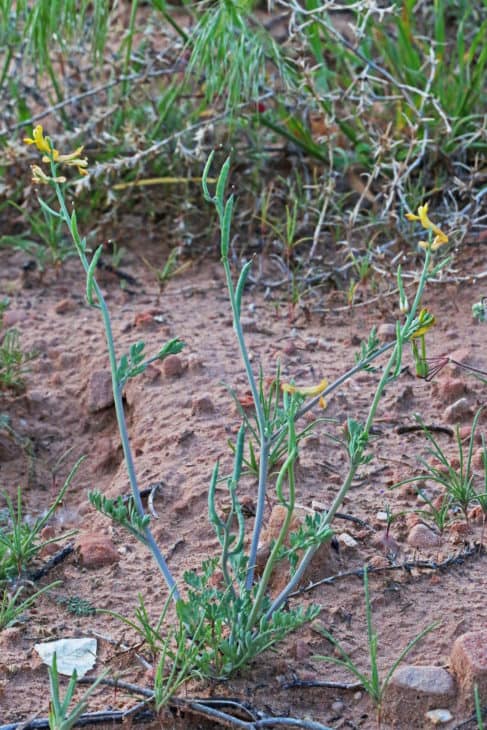
The golden corydalis, a form with yellow flowers, is found throughout the state. However, you can find a greater quantity in drier and sandy lands. While toxic, they are not as dangerous if you eat very small amounts. Only if a large part of the Golden Corydalis is consumed, an animal can experience poisoning that can be fatal. Signs of poisoning include rapid heartbeat, twitching, seizures, and staggering collapse.
11. Gray Horsebrush (tetradymia canescens)
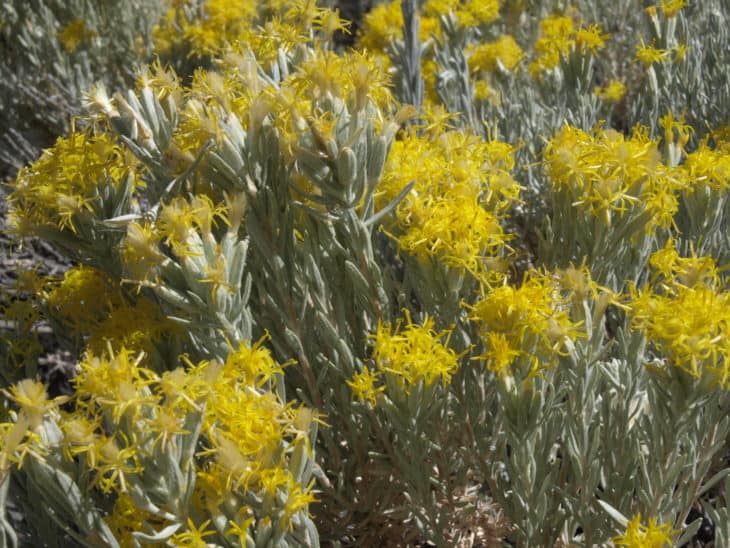
This is a dry shrub with multiple branches typically found in arid areas of the state, especially the foothills of mountains. This can affect sheep specifically the most and can lead to severe liver disease. The consumption can also result in extreme swelling of the eyes, lips, ears, and overall face. The liver damage is often considerable, and the condition is intensified if the affected animal is exposed to sunlight.
12. Larkspur (delphinium)
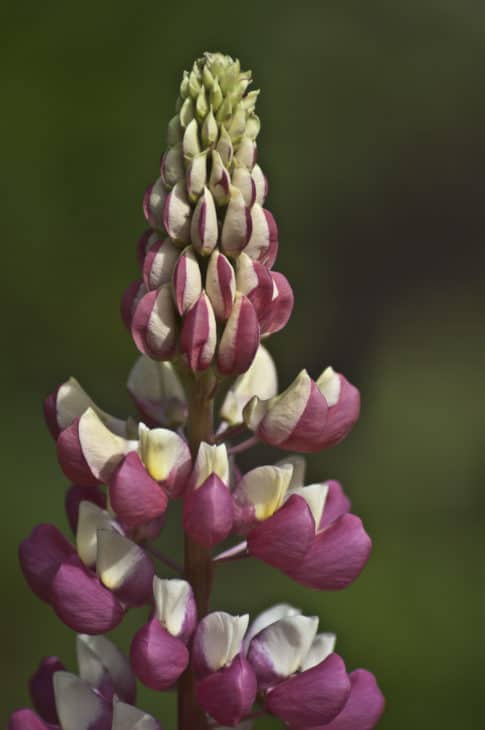
These are strikingly beautiful perennial forbs that are found in valleys and meadows in New Mexico. They can have white, blue, or purple flowers on them. The toxicity and how dangerous the Larkspur is for animals depends predominantly on the conditions they were grown in, their maturity, height, etc. However, they can be most toxic during their flowering stage. The consumption of Larkspur can lead to acute poisoning in sheep, horses, and cows.
13. Lupine (Lupinus)
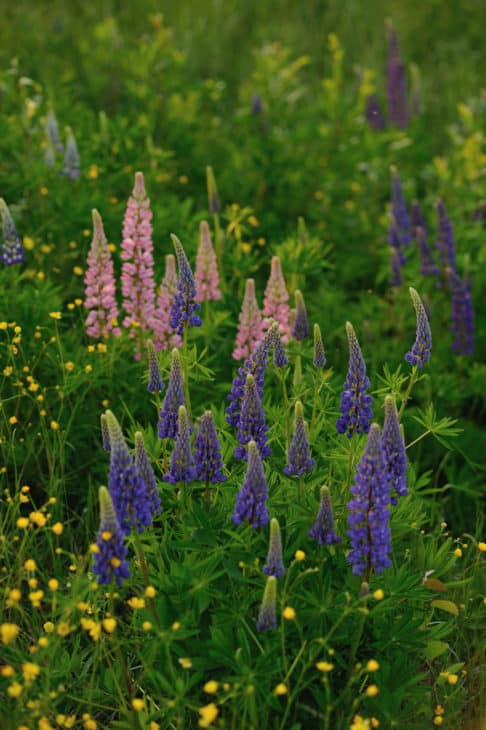
This is a highly toxic plant that typically kills tons of sheep throughout New Mexico. If it is not fatal, it can lead to congenital disabilities in offspring. Even cows who consume this plant can be poisoned or have defective calves. However, not all species of the lupine can be poisonous, but the majority of the plants found in this state are.
14. Mescal Bean (sophora secundiflora)
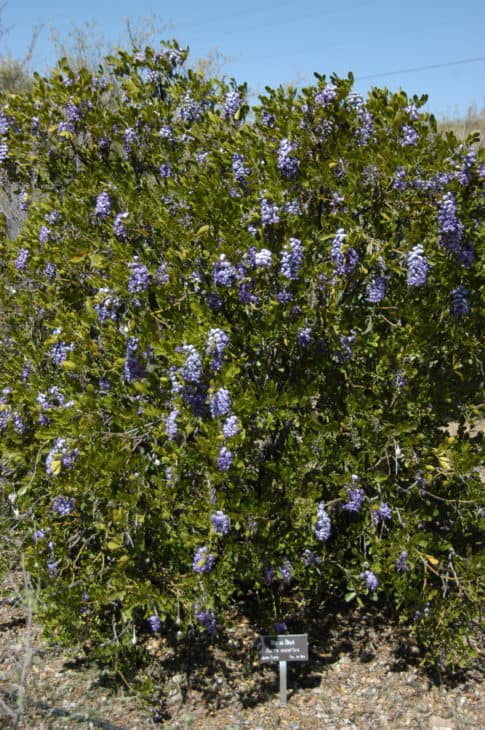
This is a small shrub found in the mountainous regions of New Mexico. While the plant itself is not as dangerous, the seeds can be pretty toxic if consumed. It can even cause hallucinations and other similar symptoms to nicotine in some cases. In most cases, though, ingestion of the seed can lead to diarrhea, vomiting, and even coma.
15. Milkweed (Asclepias)
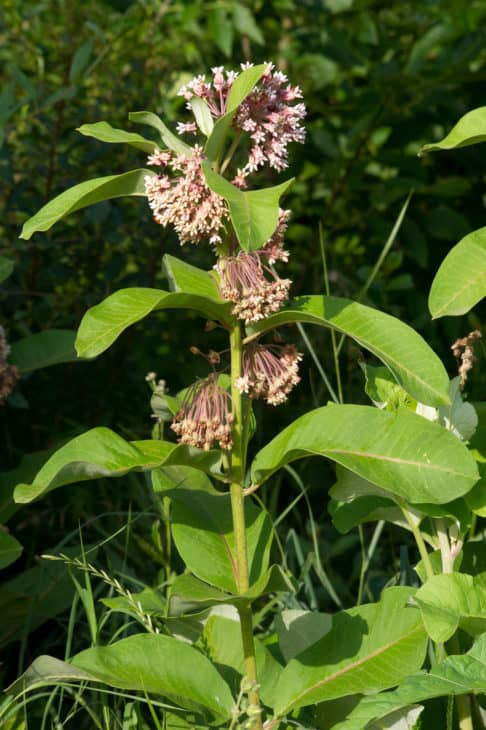
Milkweed thrives in drylands so you can find them in sandy areas and deserts of New Mexico. All species of Milkweed are highly dangerous for humans, animals, and livestock. Consumption can lead to a negative impact on the digestive, respiratory, and nervous systems. As a result, overconsumption of this plant can even lead to muscle tremors, seizures, and even death.
16. Colorado Rubberweed/Pingue (hymenoxys richardsoni)
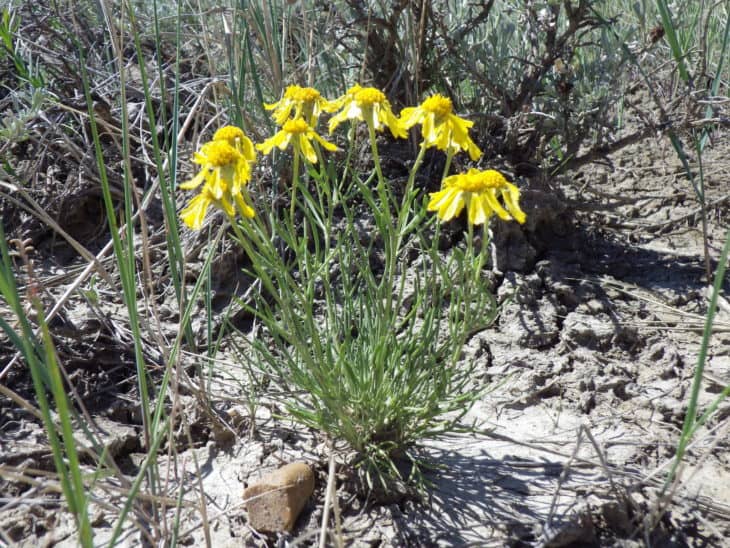
This is a small, stunning, perennial shrub found in pine zones, which is mainly in the Northern and western areas of New Mexico. While it can affect all kinds of livestock, it is particularly toxic for sheep. Consumption of pingue can lead to loss of appetite, frothiness in the mouth, a green discharge from the nose, and weakness. Since there is no cure for this poisoning, it often leads to death in the animals.
17. Prince’s Plume (stanleya pinnata)
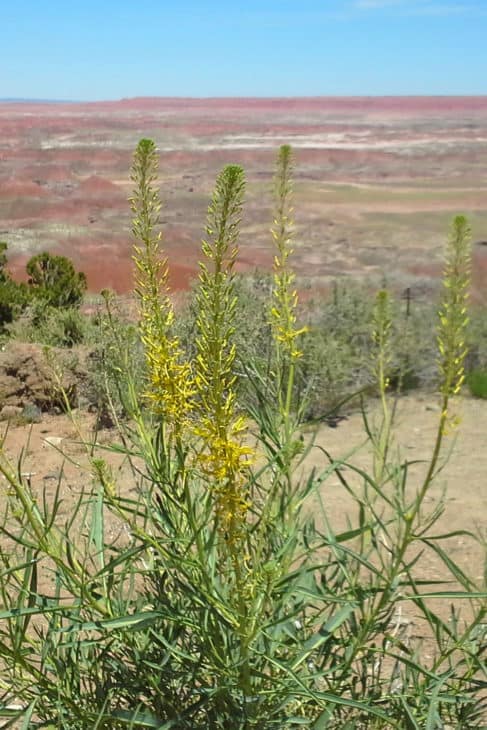
The Prince’s Plume is found in most drylands throughout New Mexico. It can affect all classes of livestock. However, the impact on their health depends on several factors. These include how long the poisoning took place, what time of the day the animal consumed the plant, the amount digested, and the actual of the plant itself. Hence, this determines whether the poisoning was acute or chronic. Consumption can often be fatal since the poisoning can affect various organs within the animal.
18. Russian Knapweed (acroptilon repens)
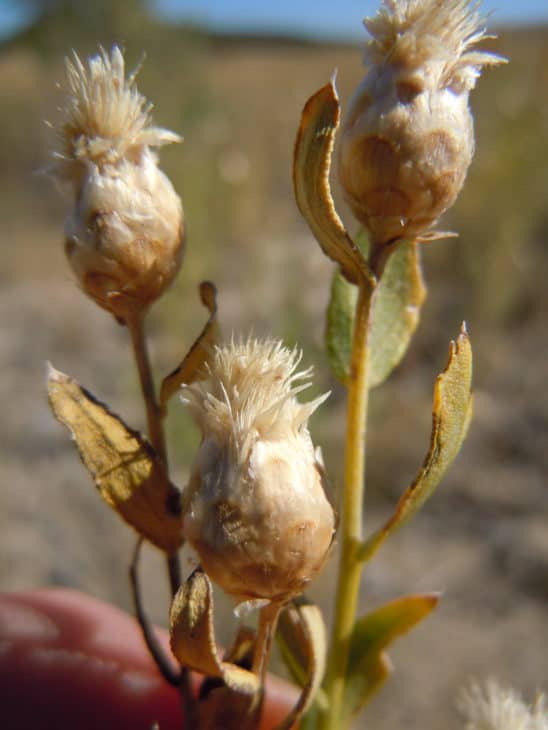
This is one of the most common plants you can find in New Mexico. It can be seen mainly on roadsides and open fields. The Russian Knapweed can specifically poison horses and lead to a disease called ‘chewing disease’ wherein their appetite will be lost, and they will have a frothy substance in their mouth. In most cases, consumption of this plant is not fatal.
19. Foxgloves (digitalis)
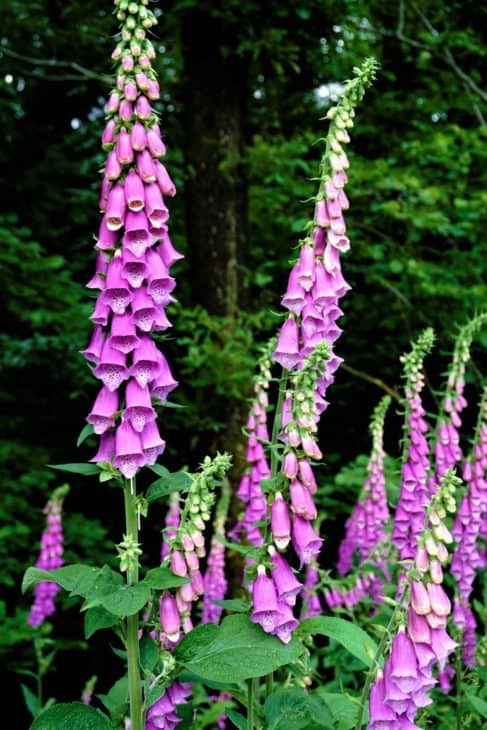
This is a common garden plant that is found in many parts of New Mexico State. Poisoning from this plant may occur if the seed, stem, or flower is consumed. Individuals with high blood pressure have more adverse symptoms from this plant and should be taken to the hospital immediately. Animals and humans may experience hallucinations, blurred vision, confusion, and slow heart rate when consuming this plant.
20. Oleander (Nerium oleander)
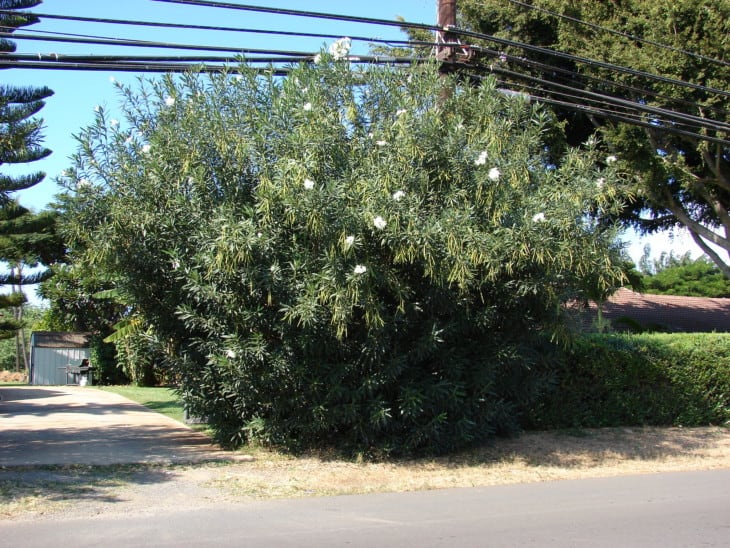
This is a common ornamental plant or flowering shrub found in New Mexico. It should be noted that this plant is highly poisonous because ingestion of even one leaf can be fatal. Consumption of the oleander plant by animals and humans can lead to difficulty breathing, slow heart rate, diarrhea, blurred vision, weakness, and even fainting. In many cases, it can also lead to death.
21. Poison Oak (Toxicodendron diversilobum)
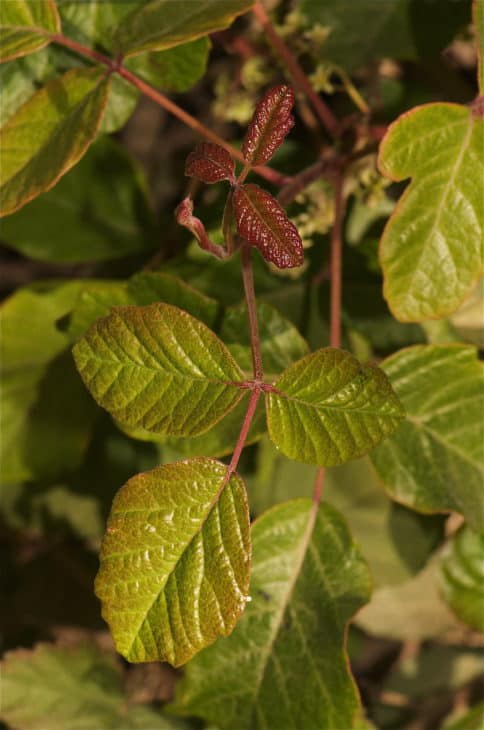
There are many species of poison oak, and most of them are common in parts of New Mexico. Contact with poison oak can lead to rashes and irritations in humans. It may take up to two days for this irritation to subside.
22. Bittersweet/Woody Nightshade (Solanum dulcamara)
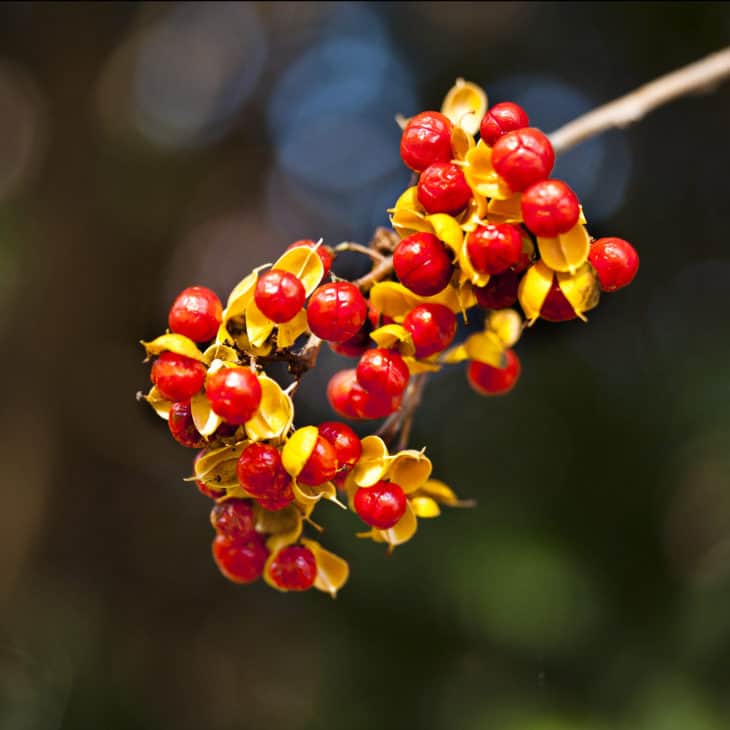
The bittersweet nightshade, which is also known as woody nightshade, is a perennial plant found in parts of New Mexico. It is mainly found in the wetlands. The plant often has red berries or purple flowers. However, all aspects of it are toxic to animals, livestock, and human. If ingested, it could lead to symptoms like nausea, vomiting, and diarrhea.
23. Donkey Tail Spurge/Myrtle Spurge (euphorbia myrsinites)
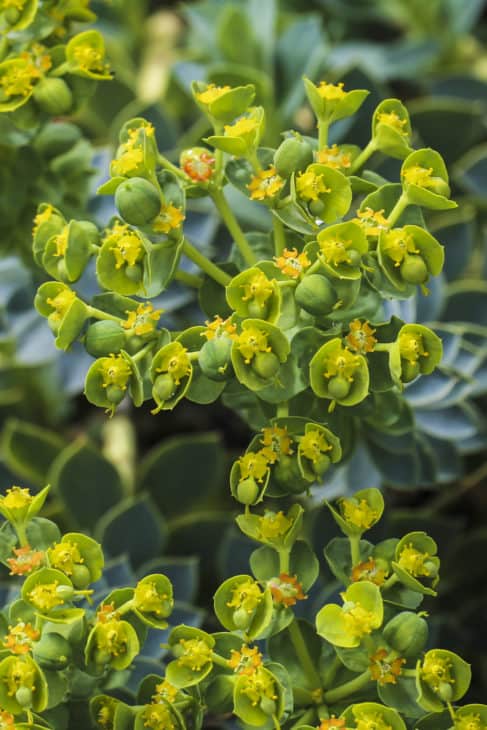
Donkey tail spurge, also popularly known as the myrtle spurge, is a highly toxic plant scattered in various parts of New Mexico. It is particularly dangerous because while ingestion is fatal, even mere contact with the plant can be dangerous. If humans touch this plant, they can experience eye irritation, swelling, and even blindness. Animals and pets who sit on this plant can experience irritation and rashes. When ingested, it can cause severe diarrhea and vomiting.

